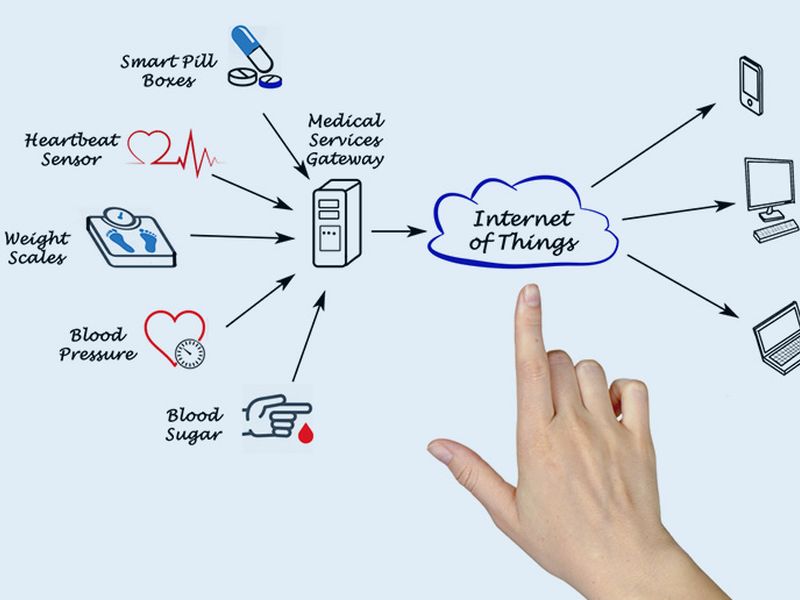In our first installment of You Down with IOT, we defined the internet of things (IoT) and its application in healthcare. If you are reading about IoT for the first time, IoT are internet connected devices which include: wearables, mHealth applications, home monitoring devices, implants, mobile/tablet devices and skin sensors. You Down with IOT Part II looked at benefits to healthcare organizations to integrating IOT devices into clinical workflows. In this final installment, we will look at IOT use cases.
The first use case is Telemed and remote health monitoring. Health organizations are managing risk outside of traditional care environments. Lengths of stay are decreasing and within that shortened amount of time, the clinical staff is expected to have the patient educated to avoid any risk or unplanned readmissions. This puts an additional burden on staff, as well as, the patient.
Telemed and remote health monitoring offer the ability to monitor a patient outside of the four walls of the healthcare organization, while allowing the patient to recover in their home. By deploying IOT devices in the home, healthcare organizations and staff can monitor risk remotely. IOT devices can help organize and prioritize patient outreach, create alerts and triggers for risk stratification and reduce the workload for the case managers.
IOT devices that can help with remote monitoring, including wearables and biosensors, connect the health organization to the patient’s home. Data from these devices have the ability to feed integrate with existing health systems, which turns the patient’s home into an extension of the health organization. In addition to monitoring risk, Telemed and remote health monitoring are also beneficial to reaching patients in rural or outlying areas that may not have the same access as others.
Another use case is the connected hospital. Hospitals are already starting to connect devices and integrate IOT into clinical workflows. The connected devices are improving the patient experience and creating clinical efficiencies. For example, pCare turns the TV in hospital rooms into an interactive device that can be used by patients for tasks including education, temperature and lighting controls among others. Patients can also complete patient reported outcomes or provide other feedback on their smart phones via text or email deployed by the Care Experience CRMD solution.
These are just two examples of how connected hospitals can improve the patient experience and create clinical efficiencies. Connected hospitals can also use IOT devices for security monitoring and facilities management. The connected devices can help keep the facility optimized in terms of things like temperature and environmental controls which help contain costs.
The critical component is having an integrated view of the IOT connected devices. Integration of these devices into an organizations workflow allow for a 360-degree view of either a specific patient, a patient population or entire organization. With all this data, it is important to mute the noise and find the signal. The CRMD dashboard seamlessly integrates IOT devices and integrates, like pCare interactive patient system, and applies cognitive computing to sort through a high velocity and frequency of data to create and drive actionable insights from multiple sources, along with, finding trends and monitoring feedback and service initiatives.
IOT will also help drive innovation as more potential use cases evolve. IOT devices create a better view across the organization and population. Our healthcare partners see increased patient engagement and satisfaction because they know not only are their voices being heard, but that the organization will act on the feedback. Together, the integrated pCare and Care Experience platform can help your organization take advantage of this technology today.


One Comment
Comments are closed.